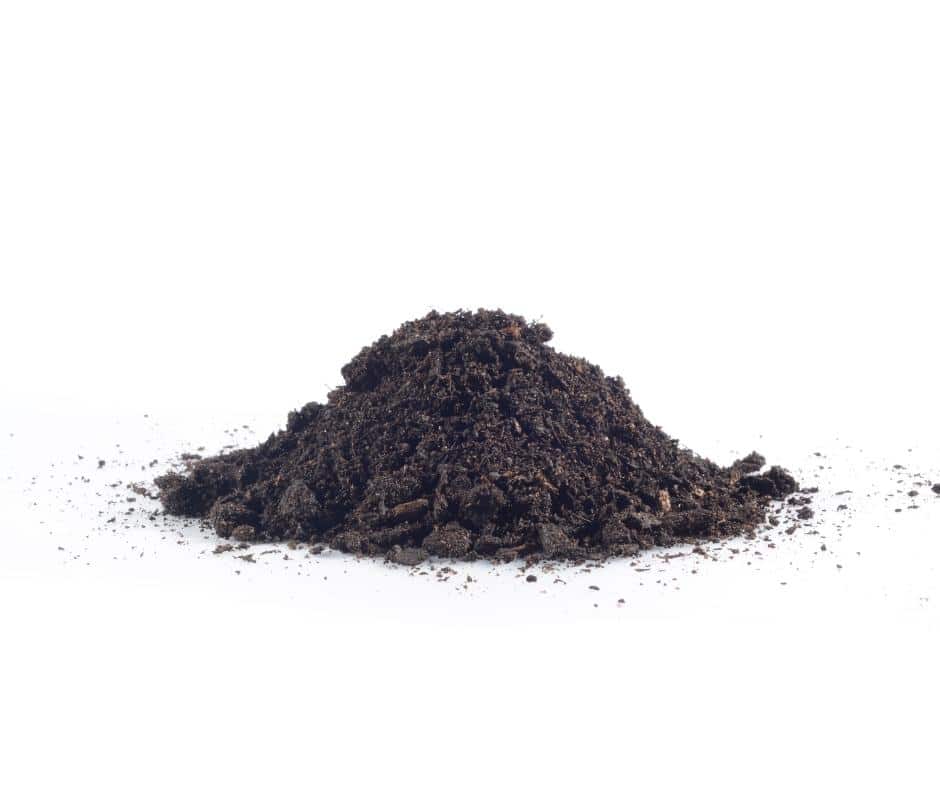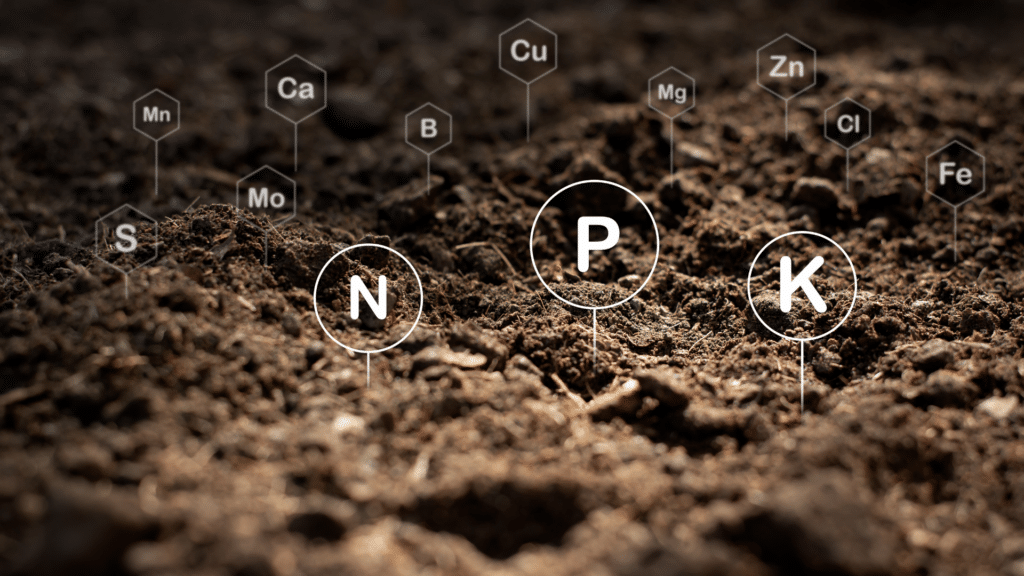
Best Potting Soil Mix for Monstera
What ingredients are required to make the finest potting soil mix for your Monstera Deliciosa or Monstera Adansonii? This article will go through what makes a soil mix suitable for your Monstera Deliciosa or Monstera Adansonii, as well as how you may develop your own at-home blend.
- BEST OVERALL: Foxfarm FX14053 Ocean Forest Garden Potting Soil
- RUNNER-UP: Burpee Natural & Organic GardenCoir, 8 Quart
- BEST BANG FOR THE BUCK: Miracle-Gro Indoor Potting Mix 6 qt., 2 Pack
- BEST ORGANIC: Burpee Organic Premium Potting Mix, 8 Quart, 2 Pack
- BEST FOR INDOOR MONSTERA: Wonder Soil | Premium Organic Indoor Outdoor Soil
- BEST FOR OUTDOOR MONSTERA: Miracle-Gro Potting Mix , 8 qt. (2 Pack)
What to Look for When Shopping for the Right Soil for Monstera Plants
Monstera plants grow well in semi-shade, such as under a covered porch or beside a northern window. They shouldn’t be overwatered; water every 10 to 14 days if necessary, but let the top 2 or 3 inches of soil dry out first.
Avoid soil from the ground outdoors when growing houseplants in pots; this might include pathogens or insects that can cause plant maladies or a bug infestation. Also, outdoor soil is usually compact, making it difficult for the plant’s roots to fully develop.
Consider the following factors before purchasing potting soil for a Monstera:
Organic vs. Non-Organic
Many potting soils include natural ingredients, but they are not organic if the sterilization technique involves chemicals or any other non-organic component. Dry heat or steaming, for example, are organic ways to treat potting soil to destroy germs, while radiation and chemicals such as mercuric chloride are inorganic alternatives.
The use of chemical fertilizers might render a product non-organic. Many potting mix producers now utilize a high percentage of natural components in their mixes, as the current trend is toward more natural and organic items.
Ingredients
The combination of sphagnum peat moss, pine needles, coconut coir, perlite, and vermiculite in potting mixes is commonly an effective one. When cultivating Monstera plants, each has its own set of advantages.
- Sphagnum peat moss: Peat moss is a water-retentive substance produced from peat bogs, which is used in many potting mixes.
- Coconut coir: Coco coir is a fibrous covering that surrounds a hard coconut shell and was once regarded as a useless by-product. It retains moisture while remaining flexible. Coco coir is even beneficial when used alone in the growing process.
- Pine bark fines: These needles and pieces of tree bark from fir, cedar, pine, and spruce trees allow air to flow through the mix, which is critical for root development.
- Perlite: Perlite is a volcanic rock that has been heated to extreme temperatures and resembles Styrofoam pellets. It aids in the diffusion of oxygen and absorbs and retains moisture quickly.
- Vermiculite: Vermiculite is a form of perlite that has similar properties and texture. It prevents the growing medium from compacting by being mined from silica deposits.
- Other natural ingredients: Potting soil manufacturers frequently include extra natural components to their mixes, including composted leaves, fine sand, and silt to improve the mix’s texture and nutritional value.
- Wetting agent: Many dry growing mixes resist absorbing water at first, but once they are wetted, they readily absorb and retain moisture. Manufacturers may use a wetting agent, such as powdered kelp (a surfactant), to assist the mix to absorb water the first time to make the initial absorption easier.

Nutrients
In tropical areas, soil is naturally rich in nutrients since it has been continuously fed by biodegrading plants, animal droppings, and aeration by earthworms. However, while pathogens are destroyed in potting soil through processing, nutrients are frequently lost. Manufacturers may choose to compensate for this by adding trace minerals such as boron or magnesium into the mix or by including dried earthworm castings. Some potting mixes do not contain any additional elements, allowing purchasers to customize their own fertilizer if desired.
Aeration
Aeration is the process of infusing air into the soil, which is just as essential for houseplants as it is for grass and gardens. It’s especially crucial when growing Monstera because this plant doesn’t like “wet feet,” which means it won’t grow well if kept in water.
When water floods a potted plant, it pushes out the oxygen, causing Monstera leaves to turn yellow and fall. Ingredients including coco coir, perlite, and vermiculite can assist the growing mix by keeping it light and lofty while also maintaining good aeration. These ingredients allow water to drain rapidly through the mixture so that wet feet does not develop.
It’s also important that Monstera be grown in a pot or planter with drain holes. Even a well-draining growing medium can’t keep a plant safe from damp feet if there are no drain openings.
Moisture Retention
It may seem odd that a good soil for Monstera plants should have both adequate aeration and moisture retention. Although the two qualities negate one another, they don’t negate each other entirely. It doesn’t imply that something is soggy; it means that the contents of the grow mix will stay wet following irrigation. Every 10 to 14 days, water Monstera plants.
Pour in water until it just begins to come out of the pot’s drain holes when watering. That should be plenty for the next watering.
Perlite is a solid performer in terms of moisture retention and aeration. The little beads absorb water, holding it until the growing medium dries out when plant roots can still obtain moisture. At the same time, perlite particles form holes in the mix so that excess water can drain away.
pH Levels
Monstera plants, like other houseplants and garden plants, prefer somewhat acidic soil. Fortunately, most of the ingredients in potting mixes are slightly acidic as well. The pH level of a growing medium is set by whether the combination is more or less acidic. The pH scale has a range of 0 to 14, with 7 being neutral. Acidic readings below 7 and alkaline readings above 7 are measured on the pH scale. Monstera thrive best in a growing medium with a pH level between 5.0 and 6.8
Manufacturers aren’t required to test the pH of their growing mixtures, but peat moss (with a pH level of around 4.5), coco coir (pH level of 5.2-6.8), and pine bark (pH level of about 5.0) all contribute to an acidic growth environment.
Fungal Growth
Soggy soils pose a number of problems, including the development of fungal growth, which can cause root rot and plant death. The greatest approach to avoid fungus development in a Monstera plant is to use a well-aerated, well-drained, moisture-retentive growing mix as well as not overwatering it. Because outdoor plants will receive the benefit of drying winds throughout their foliage, they are less prone to fungus infections. To encourage desirable air circulation through the leaves of potted Monstera plants when grown indoors, open a window occasionally or set up a low-speed fan.
Our Top Picks
According to experts, the best development medium for Monstera is one that encourages plant health. It should contain elements that drain well yet keep enough moisture for the plant to grow. Depending on whether or not growers want them, fertilizers may or may not be used.
Any of the following potting soil would be suitable for growing a Monstera plant:
Miracle-Gro Tropical Potting Mix
Monstera Plant Resource Center Premium Monstera Potting Soil
Soil Sunrise Monstera Houseplant Soil
Rio Hamza Trading Monstera Deliciosa Potting Soil
What makes the best potting soil mix for your Monstera?
Monstera roots grow throughout the soil and around trees as they climb in the tropical forests where they live. They are naturally adapted to a climate with a lot of water and air circulation. Like other aroid plants, they thrive in well-draining soil that retains moisture. Monstera extract oxygen through their roots, so it’s critical to supply both air and water.
If you bought your Monstera at a big box store, hardware store, supermarket, or huge nursery that doesn’t specialize in houseplants, the soil it is planted in most likely does not provide aeration in an adequate amount. Most soil is meant to nurture plants in a commercial greenhouse but not at home. Watering difficulties are only one of the issues caused by poor dirt.
Overwatering occurs when the soil is dark and moist, with fine particles, and stays wet for a long period of time. Waterlogged soil promotes pest infestation. Fungus gnats are a common problem in overly wet soil. If the dirt on the pot is flaking away from the sides and water appears to roll off it rather than soaking into it, this could be an indication that your Monstera isn’t receiving enough water because of the condition of its planting bed.
If you bought your Monstera in poor soil or simply want it to grow faster, repotting is simple. You may also use a moss pole as a support while repotting. We’ll then go over our suggested soil mixtures.
Basic Soil Mix Recipe for Monstera
You may simply create a low-cost improved soil mix by combining commercially available potting mix with drainage. The water and air will flow more readily to your Monstera’s roots by adding perlite to your soil. The perlite particles are bigger, which means they hold less water in the dirt.
The majority of potting soils claim fast drainage. When we talk about regular Miracle-Gro, which is by far the most common type to obtain, these claims are not entirely accurate. Monstera and other houseplants that require well-draining soil need additional drainage than what is provided by potting soil alone.
Basic Soil Mix Ingredients
- Potting soil – Moisture retention: First, verify that you’re using potting mix rather than dirt from the garden. It makes no difference what sort of potting soil you use. You may utilize normal potting soil, cactus soil, or another variety instead. If you can get Orchid soil, it’s ideal since it also includes bark fragments.
Perlite – Perlite is a volcanic glass that has been superheated until it fractures. This results in extremely light porous rock with high porosity. Perlite can retain some moisture, but it allows most of the water to drain through. The perlite particles are larger than the soil particles, preventing compacted soil and allowing for more airflow. This perlite is excellent.
Basic Soil Mix Recipe
To make the greatest basic soil mix, use 3 parts potting soil and 2 parts perlite (three parts soil to two parts perlite). This corresponds to a ratio of 60% soil and 40% perlite. You may alter the proportion if your potting soil is especially light or heavy.
Peat Moss Caution!
Sphagnum peat moss, an inexpensive organic component that improves water retention, is included in some potting soils. Peat moss decays rapidly and compresses the soil, causing it to drain inadequately and accumulate pollutants.
Peat moss also has hydrophobic properties, rendering it useless as a moisture-retaining additive in the end. When dry, it becomes hydrophobic, which is an undesirable characteristic for a moisture retention agent.
If you grow Monstera in soil containing peat moss, be sure to replace the soil once a year. The decomposition of peat moss is also why it’s important to transplant your Monstera at least once a year. Our advanced Monstera mix avoids all of these issues!
Advanced Soil Mix Recipe for Monstera
You don’t really need soil to grow Monstera in a container. Plant your Monstera in a gritty or chunky mix that contains as little organic matter as possible for optimum results.
You can help your Monstera grow faster without risking root rot by including 5 important features (aeration, drainage, moisture retention, decontamination, and fertilization) in its growing medium. For all of my variegated Monstera plants, I use this sophisticated Monstera mix.
Manual extraction is more difficult. They’re much rarer than organic mulch and other natural products. You won’t find them at your local hardware store garden center. If you’re lucky, you might be able to get access to them at your neighborhood nursery or home plant store. Fortunately, all of them may be purchased over-the-counter.
Advanced Soil Mix Ingredients
Bark and Pumice – 1) Aeration and 2) Drainage: Bark and pumice give your Monstera mix big and small chunks to aerate. Look for “orchid bark,” “bark fines,” or “reptile bark” in the description of the bark. The bigger the piece of bark, the better. I use this bark on all of my Monstera plants because it is effective. For more information, click on the image or link below.
- Pumice is a type of fine, lightweight, dry rock that can be used in the same way as perlite. Pumice is heavier than perlite and has less dust. I prefer pumice for potting mixes because it retains its integrity more consistently than perlite, which tends to float to the top. This pumice is ideal.
Coconut Coir – 3) Moisture Retention: Because coco coir is sustainably harvested, decomposes more slowly, and does not become hydrophobic when dry, it outperforms peat moss in terms of moisture retention. You may purchase coco coir in compressed bricks and rehydrate them to use in your soil. Coco coir takes a lot of water but maintains a light fluffy feel. This rinsed brick is ideal for adding salt to your mix because it has already been washed – making it great for composting.
Activated Charcoal – 4) Regular horticultural charcoal is simply burned bark, which isn’t very effective in removing contaminants. Use “activated charcoal,” “aquarium charcoal,” or “activated carbon” to remove pollutants effectively. Charcoal must be treated with heat before it can absorb chemicals such as chlorine. It’s also anti-bacterial and anti-fungal, preventing root ailments caused by fungi and bacteria. This high-quality activated carbon is excellent.
Worm Castings – 5) Fertilization: Worm castings include nutrients and beneficial microorganisms to assist your plant in growing. The less water-retentive mix also keeps less fertilizer. You may use worm castings to add fertilizer to the mixture directly. It’s also difficult to damage your plants by applying too much.
Advanced Monstera Soil Mix Recipe
The ratio for a more advanced Monstera soil mix is 3:3:3:1:1. It contains 3 parts bark, 3 parts pumice, 3 parts coir, 1 part charcoal, and 1 part worm castings.
The easiest approach to follow a ratio recipe is to use the same scoop for each ingredient. Then, simply add the required number of scoops to your mix. To get a total quantity of 11 scoops of Monstera potting mix, you would use 3 scoops bark, 3 scoops of pumice, and so on.
Choosing the best potting soil mix for your Monstera
There are several suggested soil mixtures for Monstera and other aroids in particular. The 5-1-1 soil mix is a popular soil combination recommended on internet forums. This combination consists of a 5-1-1 ratio of bark fines, dirt or peat moss, and perlite. Grit mix, aroid mix, and soilless mix are all similar mixtures that you may have come across.
Each combination is intended to achieve the same goal: to provide quality nutrients. However, the components included in each mix are different. We hope that our explanation of our Monstera mix recipes may help you understand why particular ingredients are used and advise you on what would be best for you.
